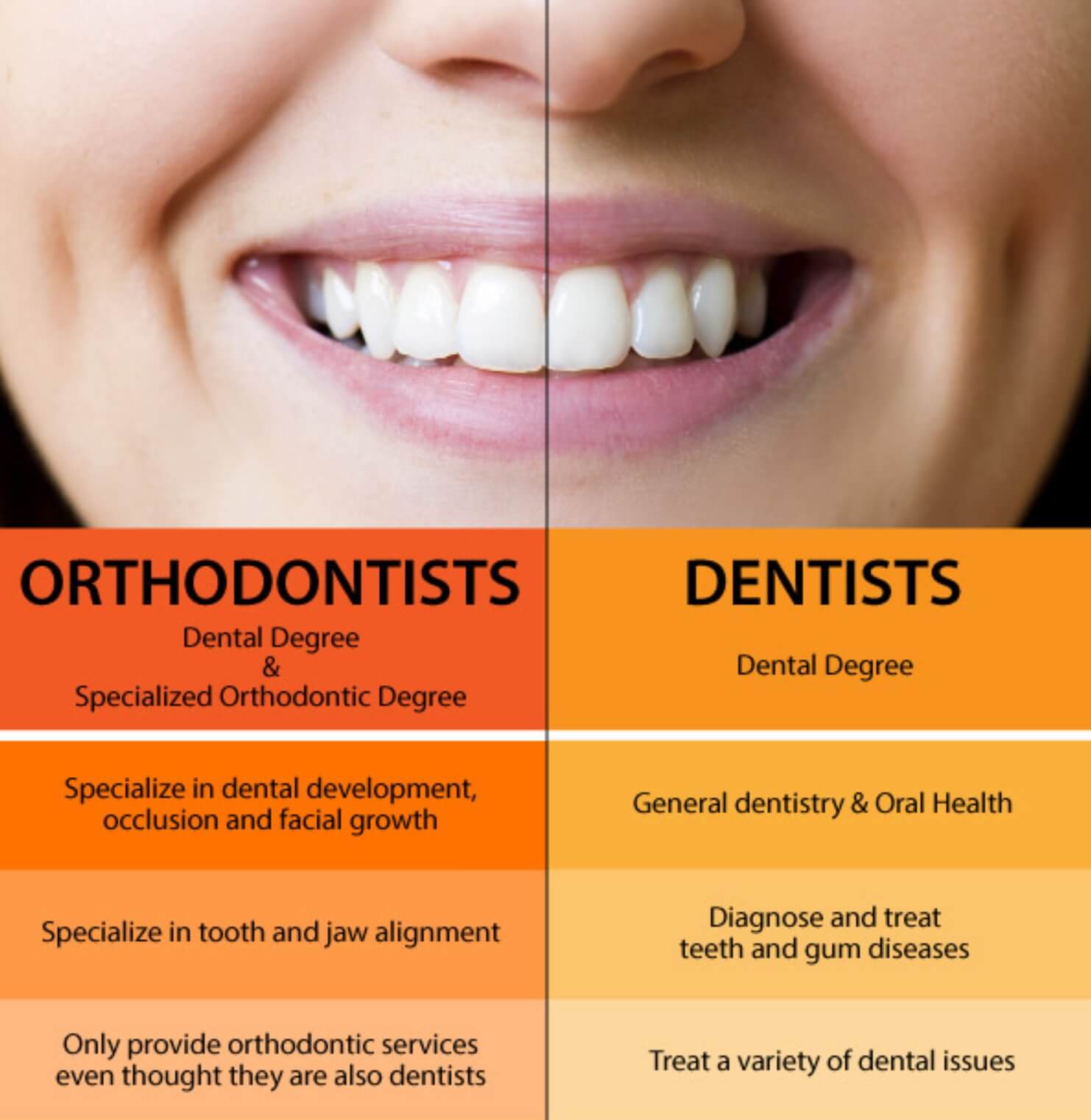A Biased View of Legacy Orthodontics
Wiki Article
More About Legacy Orthodontics
Table of ContentsGetting My Legacy Orthodontics To WorkAll about Legacy OrthodonticsThings about Legacy OrthodonticsThe Greatest Guide To Legacy OrthodonticsRumored Buzz on Legacy Orthodontics
At Advanced Orthodontics, we offer patients with a alternative treatment experience. Additionally, we provide adjustable therapy timetables, adaptable payment choices and an enjoyable, pleasurable experience. leesburg braces. Phone call ( 480) 357-4900 today to find out more and routine a consultation.An orthodontist is a dental professional trained to detect, stop, and treat teeth and jaw abnormalities. Orthodontists work with people of all ages, from children to grownups.
Malocclusion, or misaligned teeth, can lead to dental concerns, including tooth decay, periodontal illness, and difficult or painful eating. Not every person is born with straight teeth. If you have a bad bite or huge spaces in between your teeth, you may desire to speak with a dental professional concentrating on orthodontic care.
The 6-Minute Rule for Legacy Orthodontics
( Image Credit Scores: DigitalVision/Getty Images) Orthodontists use taken care of and detachable dental gadgets, like braces, retainers, and bands, to change the placement of teeth in your mouth. Orthodontic treatment is for dental problems, including: Misaligned teethBite problems, like an overbite or an underbiteCrowded teeth or teeth that are too much apartJaw misalignmentThe goal of orthodontic treatment is to boost your bite.A healthy bite ensures you can eat, eat, and speak properly. While you may think about orthodontists as generally for kids or young adults who need dental braces, they can fix dental issues at any age. Orthodontists attend university, oral school, and orthodontic institution. After graduation, they invest 2 or 3 years in an orthodontic residency program.
, yet not all dental professionals are orthodontists. They concentrate on two areas: Exactly how to appropriately and securely relocate teeth Just how to properly guide development in the teeth, jaw, and faceOnce an orthodontist has actually finished training, they have the alternative to become board accredited.
Legacy Orthodontics Fundamentals Explained
Imbalance, or malocclusion, is one of the most usual reason individuals see an orthodontist. It is hereditary and is the outcome of dimension differences between the upper and lower jaw or in between the jaw and teeth. Malocclusion leads to tooth congestion, an askew jaw, or irregular bite patterns. Malocclusion is generally treated with: Your orthodontist affixes steel, ceramic, or plastic square bonds to your teeth.If you have only small malocclusion, you might be able to use clear dental braces, called aligners, as opposed to standard braces (http://peterjackson.mee.nu/do_you_ever_have_a_dream#c2208). Some people require a headwear to help move teeth into line with pressure from outside the mouth. After dental braces or aligners, you'll require to put on a retainer. A retainer is a custom gadget that maintains your teeth in position.
They're most commonly made use of on youngsters. They can create extra room in the mouth without having to pull teeth. If you have a major underbite or overbite, you may require orthognathic surgical procedure (also called orthodontic surgical treatment) to lengthen or shorten your jaw. Orthodontists make use of wires, surgical screws, or plates to support your jaw bone.
You might need to see an orthodontist if you have: Crowding or otherwise adequate area for all of your teethOverbite, when your top teeth come your base teethUnderbite, when your bottom teeth are also much forwardSpacing or problems with gapsCrossbite, which is when your upper teeth fit behind your bottom teeth when your mouth is closedOpen bite or an upright gap in between your front bottom and upper teethMisplaced midline, when the center of your base and upper teeth don't align Dealing with a dental malocclusion can: Make attacking, chewing, and talking easierImprove the symmetry of our face and your overall appearanceEase pain from temporomandibular joint disordersSeparate your teeth and make them less complicated to clean up, helping avoid dental caries or tooth cavities It's often a dentist that first notifications misaligned teeth during a routine exam.
The Legacy Orthodontics Statements

During your initial orthodontic appointment, you'll likely have: An oral examPhotos taken of your face and smileDental X-raysPanoramic (360 level) X-rays of your face and headImpressions to create molds of your teethThese examinations will page help your orthodontist recognize how to continue with your therapy. orthodontist. An orthodontist is a dental professional who's had training to treat your teeth and jaw
Orthodontists may do surgical treatment, exams,X-rays,and more to aid you attain a much more comfortable, healthier smile. An orthodontist is concentrated on your bite, so something like a chipped tooth would certainly be handled by a dental professional. Orthodontists are dental experts yet not all dental professionals are orthodontists. Orthodontists are focused on your bite, or the way your teeth fit with each other, and the straightness of your teeth. Ever asked yourself exactly how celebs always appear to have completely straightened teeth? The response typically depends on the proficient hands of an orthodontist. However exactly what does an orthodontist do? Orthodontists are dental professionals that concentrate on dealing with abnormalities in the teeth and jaws. Their knowledge exceeds simply producing an attractive smile; it expands to improving your overall oral health and wellness and function.
The Best Strategy To Use For Legacy Orthodontics

, orthodontists have a varied toolkit at their disposal. These reliable dental braces make use of a system of brackets adhered to the teeth and linked by wires.
These removable trays are custom-made to considerably change the teeth's position. In instances of slim jaws, palatal expanders can be used to produce space for correct tooth positioning.
Report this wiki page